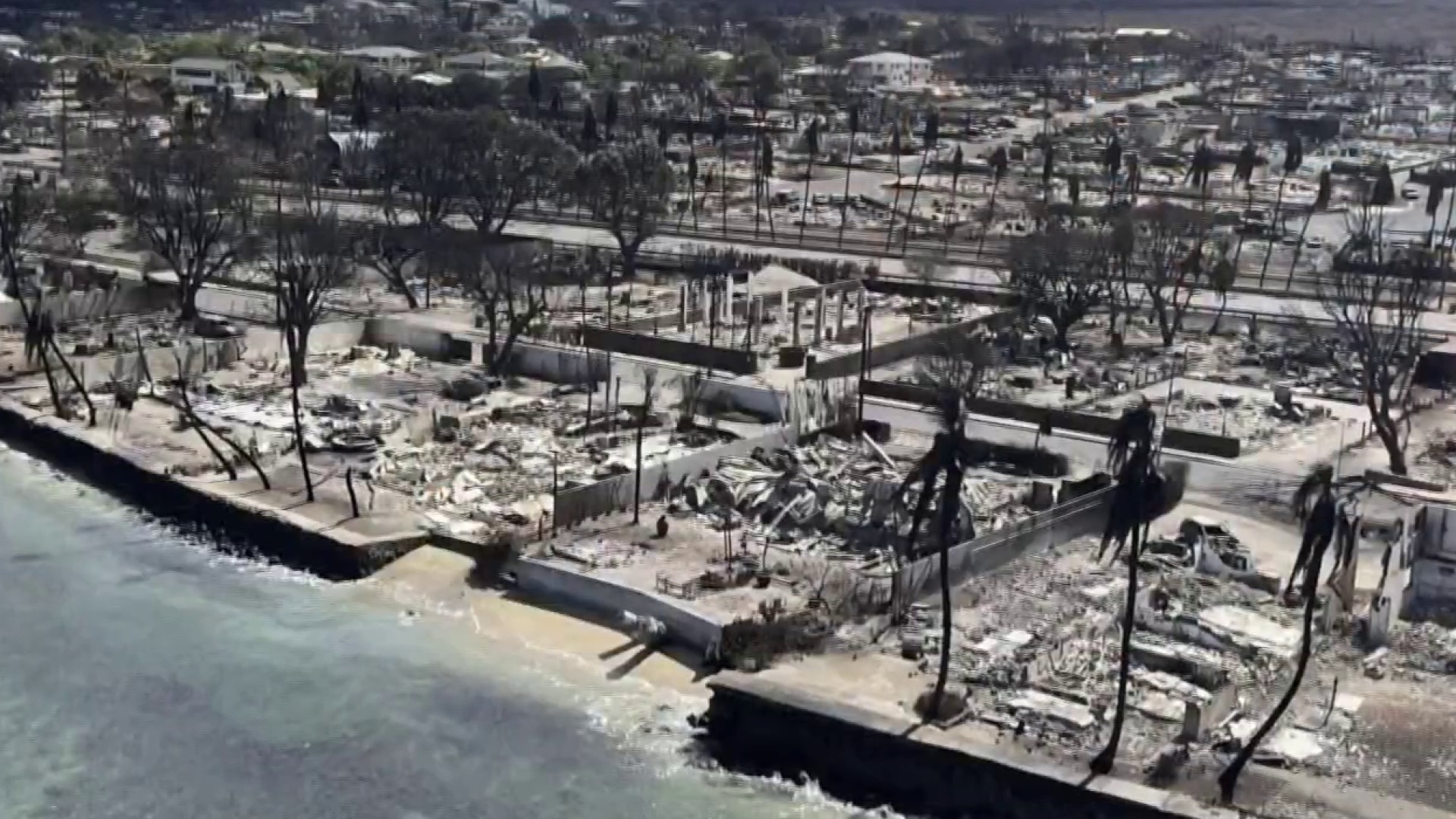‘Some of our greatest heroes died alone’: Indigenous Veterans Day takes steps towards reconciliation
Concerns of an emerging climate enemy coupled with calls for hope at an Indigenous Veterans Day ceremony held in Vancouver.
At the Victory Square Cenotaph in Vancouver, a crowd of about 100 gathered beneath drizzling, overcast skies to pay their respects to Indigenous veterans. It was one of dozens of ceremonies held in major cities across Canada on Wednesday. Since the first Indigenous Veterans Day was held in Canada on Nov. 8, 1994, veteran Mike Dangeli said a lot has changed.
“When we started this, it was a different time,” he said. “We weren't treated with the same respect even though we spilled some of the same blood in some of the same mud as our non-Indigenous relatives.”
Established 75 years after the national day of remembrance on Nov. 11, a history of neglect has plagued the treatment of Indigenous veterans in Canada. On Wednesday, the vibration of drums and voices in song echoed through the streets of downtown Vancouver as an array of distinctly honoured speakers took their turn at the mic.
Dangeli stood at the mic with his four-year-old son, Hayetsk, and wife, Mique’l.
“As a parent, many of us know we don't have the luxury of being pessimistic or jaded,” he said. “We need to have hope. And I feel that hope and that humanity every time I'm with my Indigenous veterans.”
Records of Indigenous people serving in the Canadian military begin with the War of 1812. More than 4,000 Indigenous people served in the First World War and more than 3,000 in the Second World War, according to estimates by the federal government. These numbers don’t reflect the unknown number of Métis, Inuit and other Indigenous recruits who are undocumented.
'Fought for human rights we share': First Indigenous Veterans Day held at Edmonton city hall
Related video: Indigenous veterans honoured at Winnipeg ceremony (cbc.ca) Duration 2:11 View on Watch
''The federal government has acknowledged that due to systemic racism and ongoing colonialism, Canada has mistreated Indigenous veterans and neglected to offer them the same support systems as their non-Indigenous comrades.
On Wednesday, Prime Minister Justin Trudeau released a statement to acknowledge Indigenous Veterans Day.
“Indigenous Peoples have historically faced unique challenges — from having to travel far from their communities to enlist, to overcoming language barriers and adapting to cultural differences while in service to Canada,” he said.
In April, the Assembly of First Nations and Veteran Affairs Canada signed a joint letter to symbolize a step forward in supporting First Nations veterans, increasing representation in commemoration activities and establishing a historical record of their service.
Despite initiatives being taken, Indigenous Veterans Day currently doesn’t receive the same recognition as Remembrance Day in Canada. While Nov. 11 is a public holiday, Nov. 8 has yet to be granted a similar status.
Damien Clarke, regional addictions specialist at the First Nations Health Authority, said it’s his first year attending a ceremony because he didn’t know the day existed before.
This year, he laid a wreath with his colleagues during the ceremony.
“I think it's important that Aboriginal veterans have their own day to show respect and support for the sacrifices they made for our country and for their nations,” he said.
Veteran Carolyn Orazietti, a member of the Sou’West Nova Métis, said Indigenous veterans have been regularly pushed aside in Canada, despite their huge sacrifices.
“They gave their lives knowing that they had to give up their identity. They have to give up their status. So when they got back, they couldn't get back onto the reserves,” she said.
“Some of our greatest heroes died alone.”
This year, she attended her eighth ceremony as a way to stand up for those who once stood up for her, she said.
Union of B.C. Indian Chiefs’ Grand Chief Stewart Phillip told the crowd at the Vancouver cenotaph that it’s important to acknowledge the blanket of security Canadians may take for granted isn’t a happy accident.
“We are incredibly fortunate, as Canadians, to live in a country that doesn't have to worry about bombs and missiles and the atrocities of war,” he said.
But that’s not to say Canada is without its own challenges, he said. Hurricanes, wildfires, floods and droughts are emerging as a new threat and one Phillip said Canada is going to need its military to help combat.
“There’s a new enemy that has made its presence known. And that's a climate crisis,” he said. “We're moving into a whole different world, full of dangers that we never ever imagined.”
Phillip said he hopes the same inspiration felt by the veterans who fought overseas will compel today’s Forces to prepare for battle as scientists predict extreme weather events will worsen.
“As long as we continue the traditions, uphold the values and most importantly, carry that respect for the military community and what it represents, our families will continue to be safe.”
Pippa Norman, Local Journalism Initiative Reporter, Canada's National Observer












